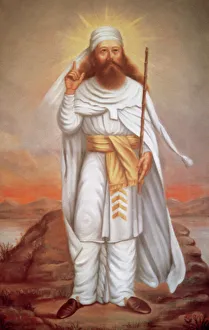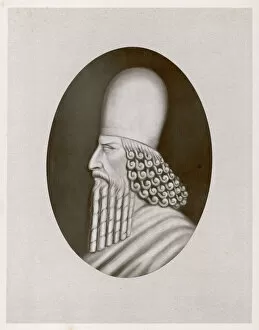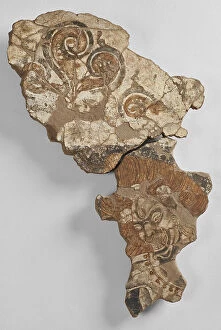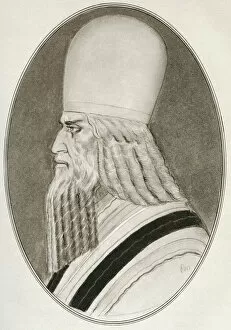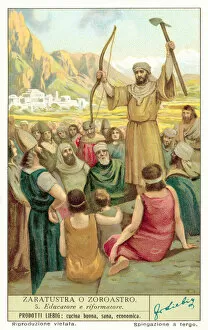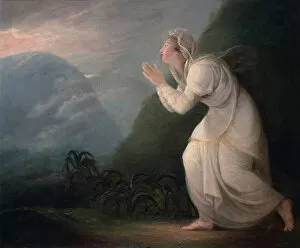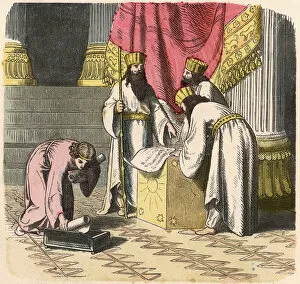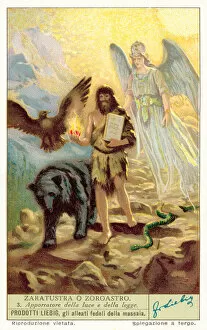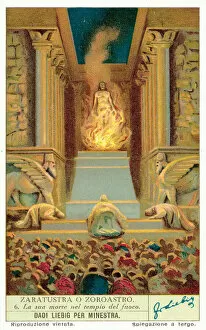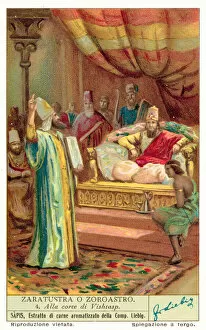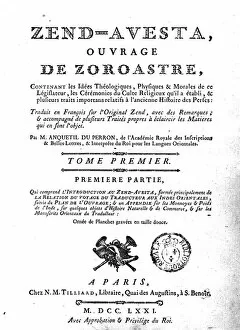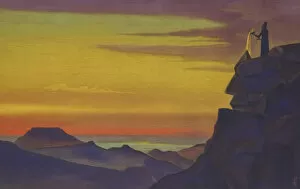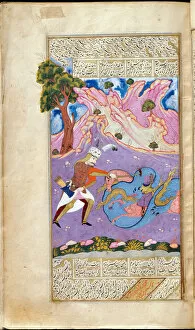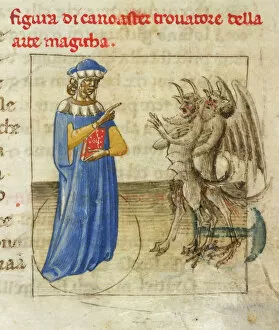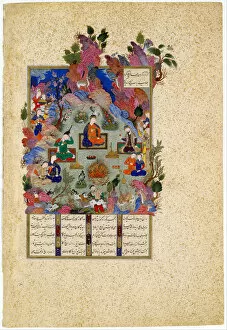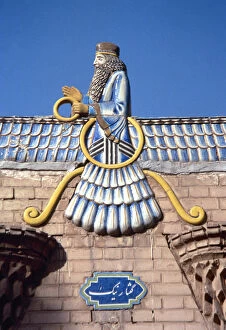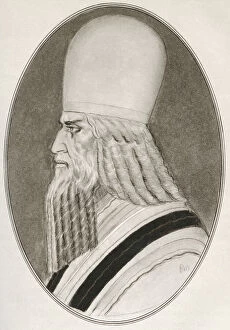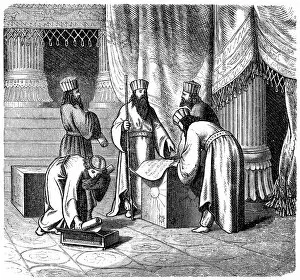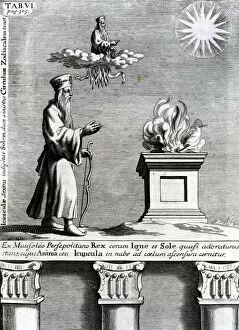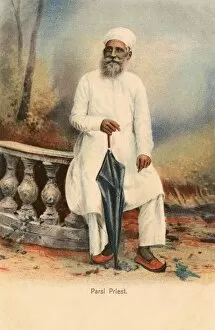Zarathustra Collection
Zarathustra, also known as Zoroaster, was a prominent figure in ancient history. Born in the 6th century BC, he is depicted in the famous portrait of Zoroaster
All Professionally Made to Order for Quick Shipping
Zarathustra, also known as Zoroaster, was a prominent figure in ancient history. Born in the 6th century BC, he is depicted in the famous portrait of Zoroaster. His teachings and beliefs have had a lasting impact on various cultures and religions. One of the significant symbols associated with the Parsi Fire Temple located in Baku, Azerbaijan. This temple represents his reverence for fire as a symbol of purity and divinity. It serves as a place of worship for followers who continue to uphold his teachings. Zarathustra's emblem, Ahura Mazda, can be seen at the Atashkadeh Fire Temple in Iran. This emblem signifies his connection to divine wisdom and enlightenment. The temple stands as a testament to his influence on religious practices even today. Referred to by different names such as Ashu Zarathushtra or Zarathushtra Spitama, Zarathustra's life story has been chronicled in "Living Biographies of Religious Leaders. " This book sheds light on his role as both a teacher and reformer who sought to bring about positive change through spiritual enlightenment. The chromolitho illustrations depict various aspects of Zarathustra's life and legacy. From "The miracle of the bridge of ice" that showcases his supernatural abilities to "The miraculous birth" highlighting his extraordinary origins; these artworks capture key moments from his journey. In Persian culture, there exists an oil painting titled "Persian Lady Worshipping the Rising Sun, " which exemplifies how people revered him as they worshipped nature itself under his guidance. Additionally, an engraving called "Old Orient: Persians - Magician" reflects how others perceived him due to their limited understanding of his profound teachings. Known as 'the bearer of light and law, ' Zarathustra emphasized moral values such as truthfulness and justice throughout society – principles that are still upheld by many today.

